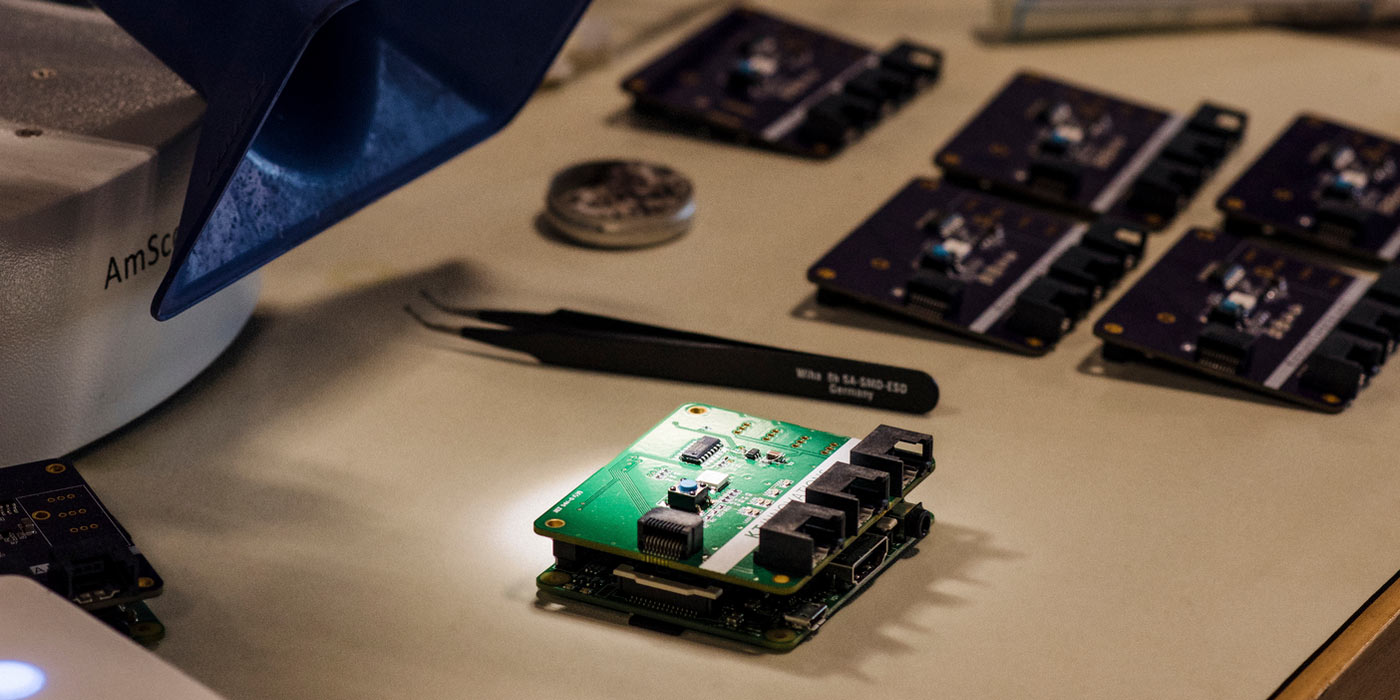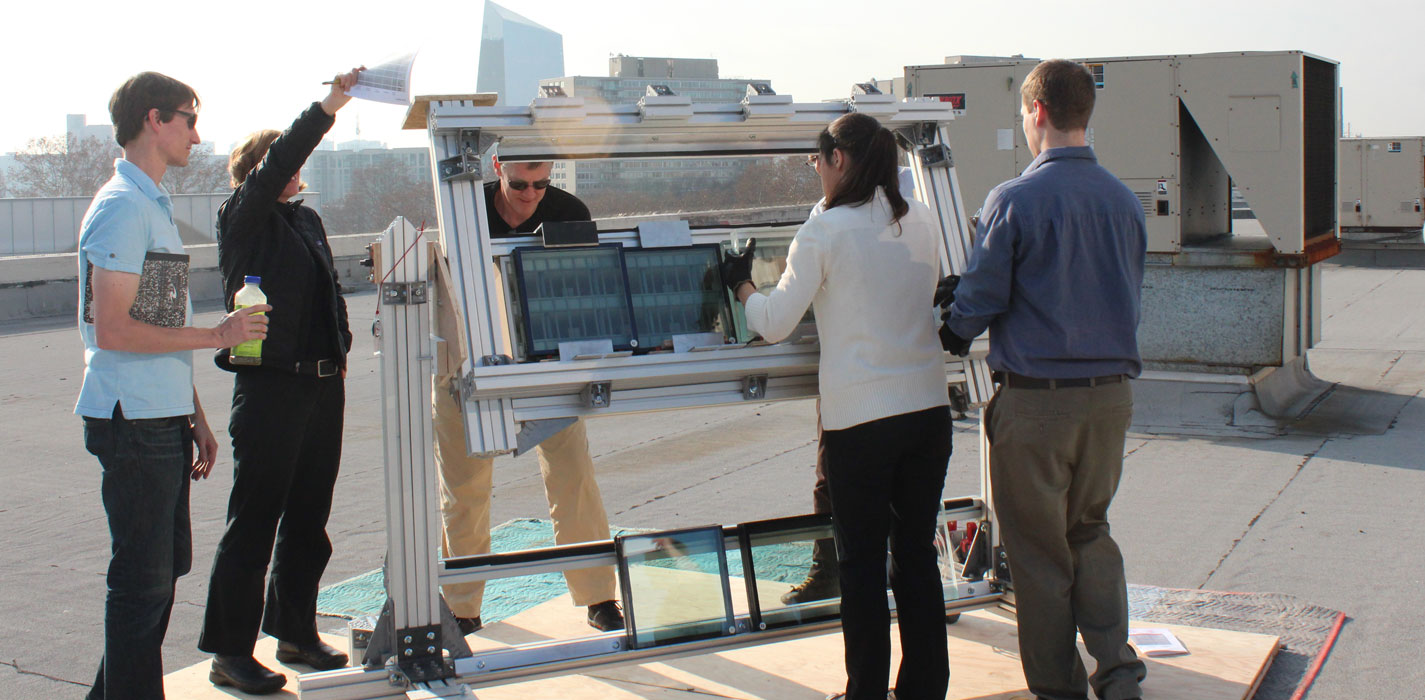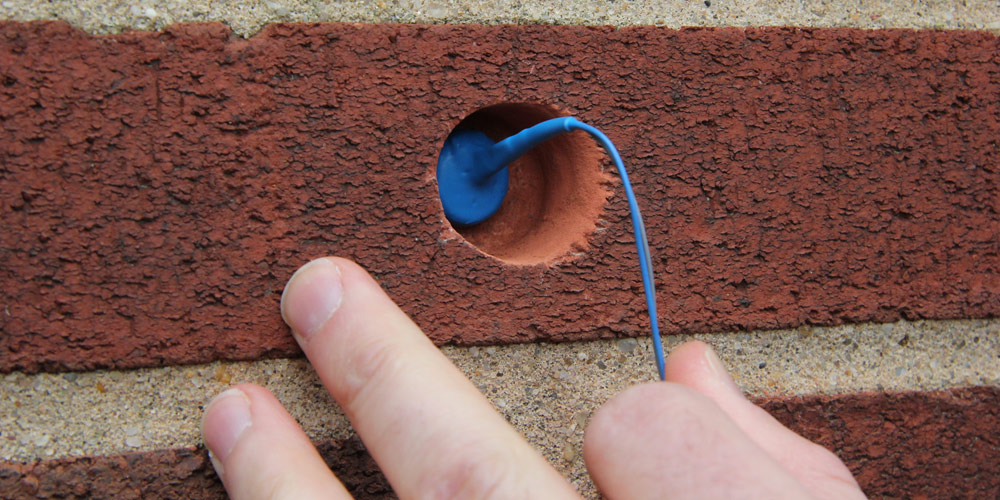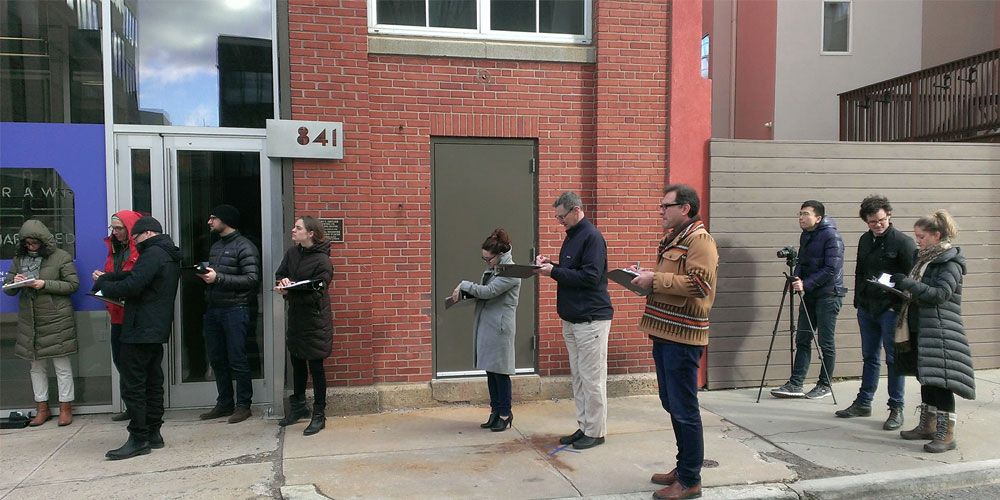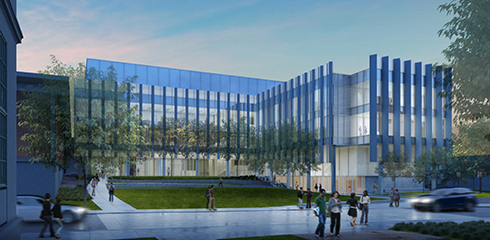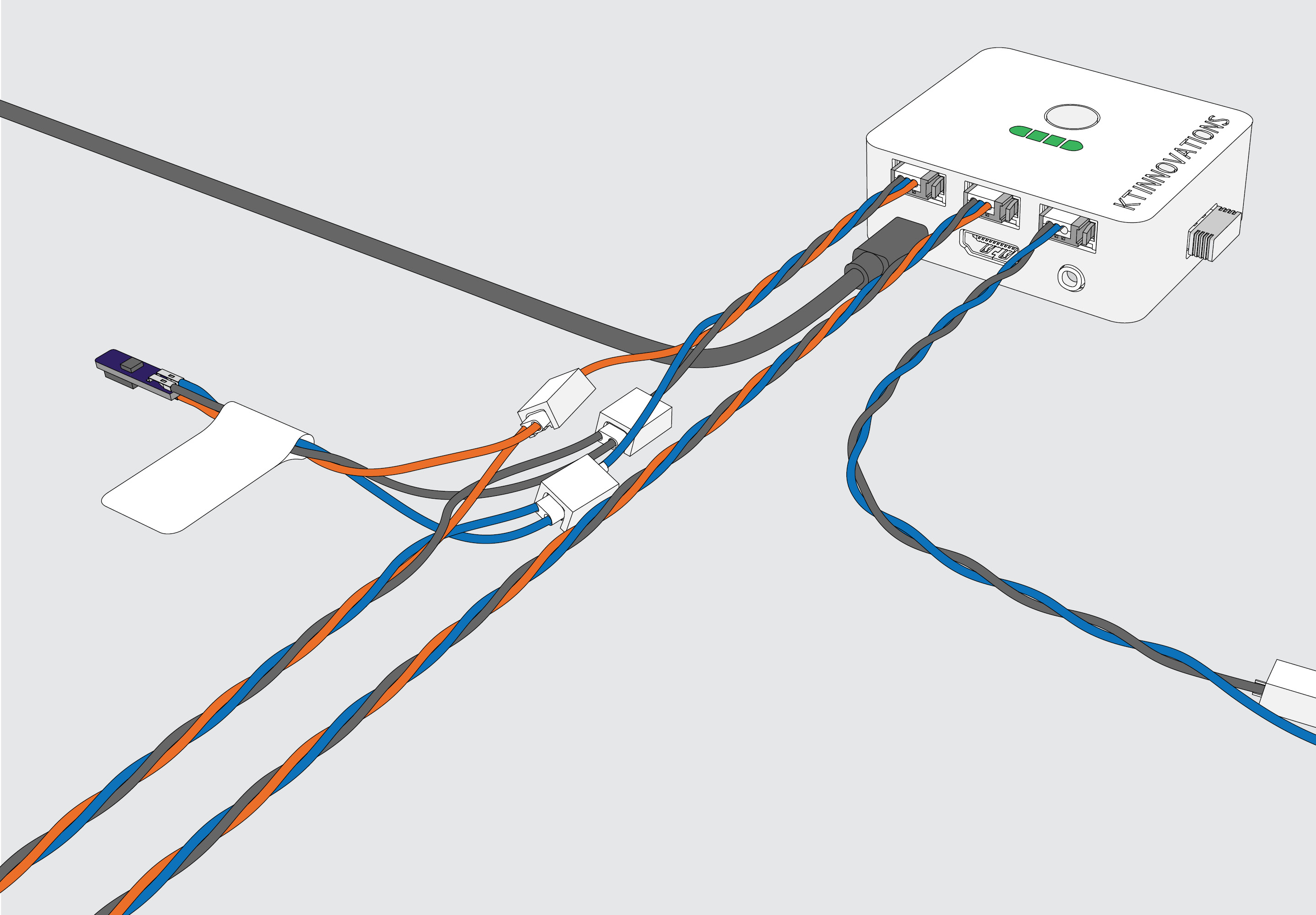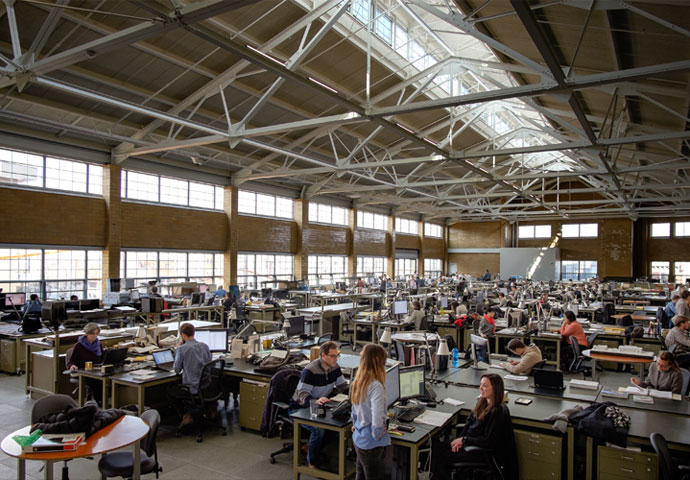We seek ways to improve the art, quality, and craft of architecture through research into new materials, processes, assemblies, and products.
A deeply inquisitive approach to design led us to a culture of practice grounded in research. This culture requires the discipline to ceaselessly question how we can do better, and to develop the skills to frame questions and produce knowledge in order to make significant progress.
Our commitment to research has provided a way for deep investigation to be conducted during design—and for the results to stimulate and augment the processes of designing and building at KieranTimberlake. Our leadership in sustainable architecture and innovative buildings springs from this ethos of inquiry.
As our research activities are engaged during pre-design, project delivery, and post-occupancy, our building sites and buildings are the test beds that provide substantive feedback for future solutions. We conduct empirical experiments to generate input for both current and future design problems, which are embraced alongside applied research and a range of vetted and invented design- and science-based methodologies.
Multi-disciplinary Approach
We consider searching and searching again to be integral to our work. Everyone in the firm shares the obligation to seek out, frame, and participate in resolving research questions. A transdisciplinary research group with backgrounds in fields like ecology, chemistry, physics, anthropology, economics, and materials engineering, works alongside design teams to define and support project-based research initiatives, as well as independent research pursuits. The lateral and vertical thinking that is the hallmark of this group allows a holistic approach to problem solving within the firm.
Building and Environmental Monitoring
Monitoring sites and existing buildings with sensors helps us diagnose and improve building performance. We believe that real-world data is critical to making a truly performance-based architecture and aesthetic that addresses project objectives in a verifiable way. Our developments in the field of Wireless Sensor Networks promise that not only our firm but anyone can acquire the granular information needed to develop environmentally responsive architecture.
Custom Modeling and Simulation
Our design process calls for assessing multiple possible outcomes rather than preconceiving a design solution. We employ a range of tools, often developing bespoke simulation tools targeted to meeting specific project goals. For example, in developing a design for a high-rise building, we developed a sky-plane exposure calculator that enables designers to manipulate building massing and test whether it complies with zoning regulations in real-time. Such tools have a direct influence on building form. Other tools simulate the movement, temperature, and composition of air in room-scale and urban-scale environments, allowing designers to analyze the impact of apertures, fans, obstacles, heat, and contaminant sources.
Environmental Analysis
Each design project begins with an investigation of site, including climate data, local ecology, technological strategies, and local resources, in order to generate a preliminary understanding of unique environmental considerations and create a basis for holistic architectural design. We also apply diverse skill sets in architecture, anthropology, ecology, economics, and environmental management to provide services ranging from microclimatic assessments to calculating the mitigation of urban heat island effect with vegetation. Our analysis activities include landscape management plans, climate adaptation scenarios, stormwater modeling, vegetative surveys, landscape modeling, and indoor environmental quality assessments.
Novel Construction Methods
We have employed a range of approaches to off-site fabrication, from stacked volumes at Yale University and LivingHomes, to the articulation of an entirely new system of assembly at Loblolly House and Cellophane House™. In other instances, we employ integrated assemblies such as ventilation chimneys or a wood screen facade. In all cases, the reason for incorporating off-site fabrication strategies into building design is to decrease cost and time, increase quality, and reduce the environmental impact of construction.



